Your Property is Our Priority
Right-of-Way Vegetation Management
Did you know that many electric power outages are caused by trees and brush growing into or falling onto power lines? The trees, vines, and tall brush can disrupt electric power to homes and businesses in your area. In fact, the 2003 Northeast power blackout that affected over 50 million people occurred when an electric transmission line contacted a tree growing underneath it. Wolverine is committed to performing tree and brush maintenance on all of its rights-of-way throughout Michigan to prevent outages and damage to this vital infrastructure.
Wolverine manages the vegetation under its electric lines that often cross private property. We take very careful measures to minimize disruptions to property owners while protecting the environment and wildlife habitat. With your help, we can continue to provide reliable and affordable power that is also safe for everyone.
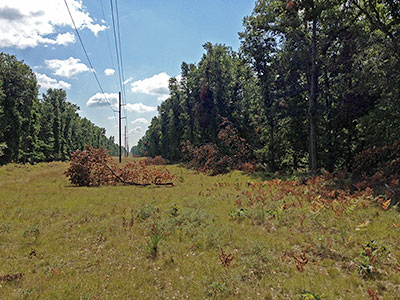
Managing Vegetation
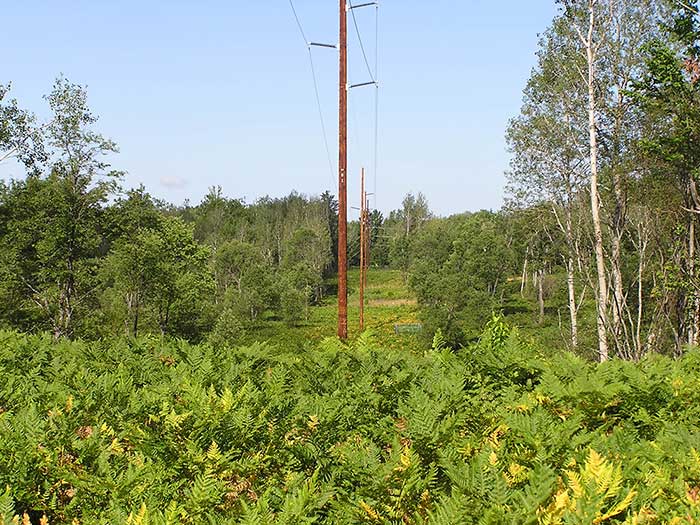 Wolverine uses a variety of methods to control the vegetation on its rights-of-way. By identifying the plants that cause the problem, effective work methods can be used that take into consideration safety, impact on environment, efficiency, and cost. These work methods typically use a combination of mowing, hand cutting, and herbicides.
Wolverine uses a variety of methods to control the vegetation on its rights-of-way. By identifying the plants that cause the problem, effective work methods can be used that take into consideration safety, impact on environment, efficiency, and cost. These work methods typically use a combination of mowing, hand cutting, and herbicides.
The method of controlling vegetation is called Integrated Vegetation Management (IVM). The goal of IVM is to control the tall-growing trees and brush that cause safety and reliability problems, while promoting low-growing plants such as grasses, wildflowers, and shrubs. These plants are more beneficial to wildlife by providing more sources for feeding, nesting, breeding, protection and pollination.
There will be some overgrown, brushy areas that may be mowed and others where only hand-cutting is needed. Then there are areas where herbicides are used to control the unwanted vegetation. The herbicides used by Wolverine are registered with the Environmental Protection Agency (EPA) for utility right-of-way use, and are applied by licensed and trained personnel. These products are selectively applied to the target plants and stop the growth and any re-sprouting that may occur. Find out more about vegetation management using herbicides below.
Benefiting Wildlife
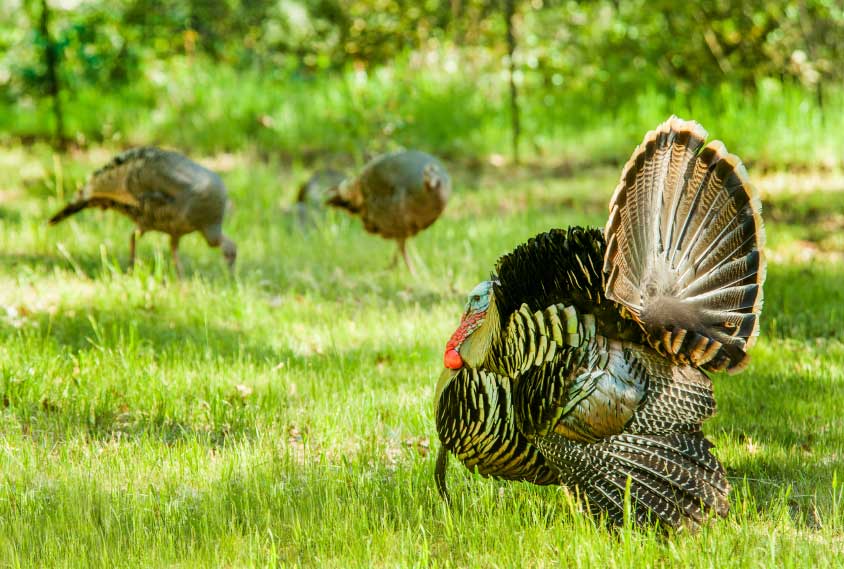 Rights-of-way that are managed using IVM can also provide better habitat for many types of wildlife. By eliminating the tree species in a right-of-way corridor, the native grasses, wildflowers, and shrubs that become established increase the usable amount of habitat for more species of wildlife. Bees and butterflies utilize the wildflowers, birds use the shrubs for food and nest sites, and many other species utilize all the vegetation for nesting, feeding, and breeding.
Rights-of-way that are managed using IVM can also provide better habitat for many types of wildlife. By eliminating the tree species in a right-of-way corridor, the native grasses, wildflowers, and shrubs that become established increase the usable amount of habitat for more species of wildlife. Bees and butterflies utilize the wildflowers, birds use the shrubs for food and nest sites, and many other species utilize all the vegetation for nesting, feeding, and breeding.
Birds and mice also help control the unwanted vegetation by eating the seeds that these plants produce. The low-growing plants can actually suppress the tall-growing, undesirable trees and keep them from becoming established. By maintaining grasses, wildflowers, and shrubs as the dominant plants on rights-of-way, the number of trees, the amount of brush cutting, and the amount of herbicide applied in the future is significantly reduced.
Wolverine’s rights-of-way can also be managed to create early successional habitat that is in decline in many areas. They can also help populations of wildlife and plants that may be rare, threatened, or endangered. Wolverine even looks at how they can lessen soil erosion and improve water quality along these areas. The ultimate goal is a more natural and biodiverse ecosystem for everyone.
What Can You Do?
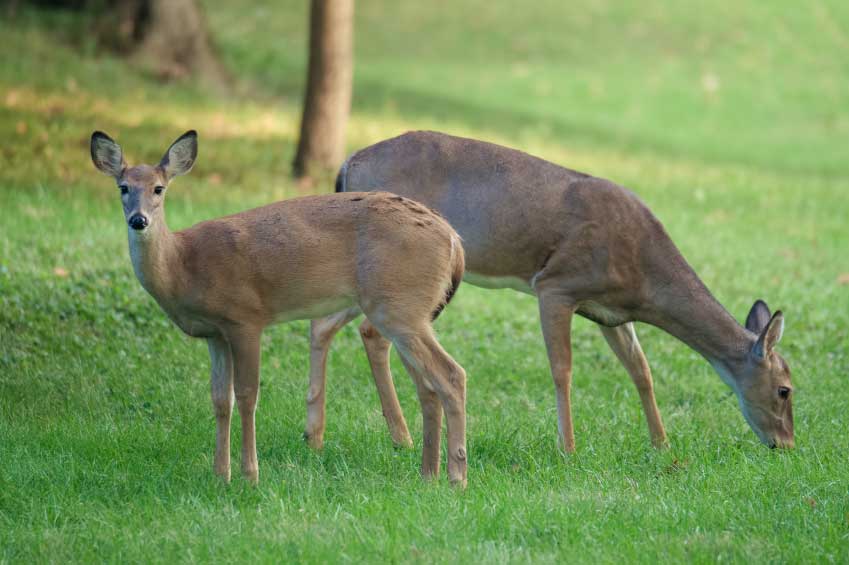 There are a number of things every landowner can do to help prevent tree-related contacts with electric power lines and improve wildlife habitat. A good first step is to only plant wildlife-beneficial shrubs or low-growing trees on the edges of a cleared right-of-way corridor for conservation plantings or when landscaping your property.
There are a number of things every landowner can do to help prevent tree-related contacts with electric power lines and improve wildlife habitat. A good first step is to only plant wildlife-beneficial shrubs or low-growing trees on the edges of a cleared right-of-way corridor for conservation plantings or when landscaping your property.
Wolverine can assist you with a list of compatible species you can plant along its rights-of-way. They can also help you get in touch with other organizations and experts to assist you with projects concerning conservation, erosion control, windbreaks, or other wildlife habitat improvement projects.
COMMITTED TO PRESERVATION
Wolverine is a certified member of Energy for Wildlife, a program from the National Wild Turkey Federation that assists energy companies with improving wildlife habitat while managing vegetation on rights-of-way.
Wolverine is a member of the Arbor Day Foundation and follows all tree pruning and training requirements of this national organization.
Wolverine’s vegetation managers, as well as its contractors, are Certified Arborists by the International Society of Arboriculture, an organization that promotes the professional practice of arboriculture and fosters a greater worldwide awareness of the benefits of trees.
FAQs About Vegetation Management
With Herbicides
Basal Bark Application Method
Wolverine is committed to delivering safe, reliable electric service along its 1,600 miles of electric transmission lines. Knowledgeable and selective use of herbicides, through a vegetation management program, is one tool Wolverine uses to achieve this goal.


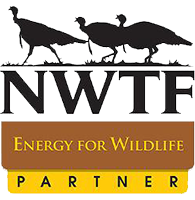

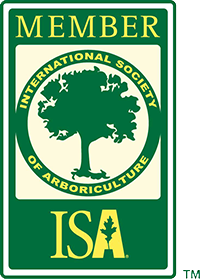
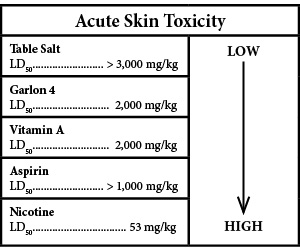 The chart compares skin contact with Garlon 4 to skin contact with other common substances. It is highly unlikely that a person will be exposed to the spray mix because it is only applied to the lower parts of the woody stem. Since the leaves are not sprayed with this application method, it is highly unlikely that animals will consume the herbicide; however, if they do, much of the herbicide is quickly excreted in the urine and feces, and is not harmful.
The chart compares skin contact with Garlon 4 to skin contact with other common substances. It is highly unlikely that a person will be exposed to the spray mix because it is only applied to the lower parts of the woody stem. Since the leaves are not sprayed with this application method, it is highly unlikely that animals will consume the herbicide; however, if they do, much of the herbicide is quickly excreted in the urine and feces, and is not harmful.